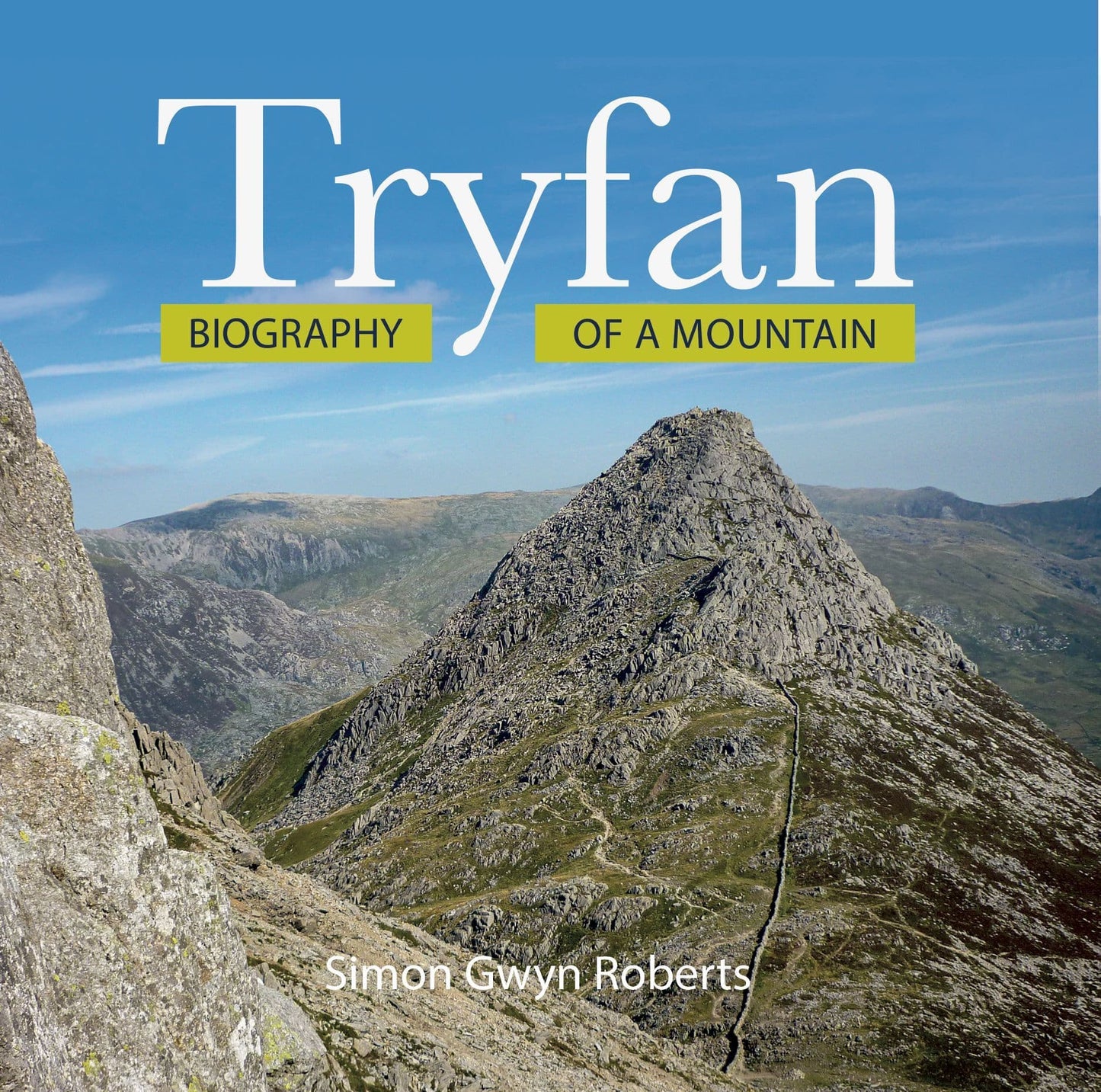
This store requires javascript to be enabled for some features to work correctly.
-

-
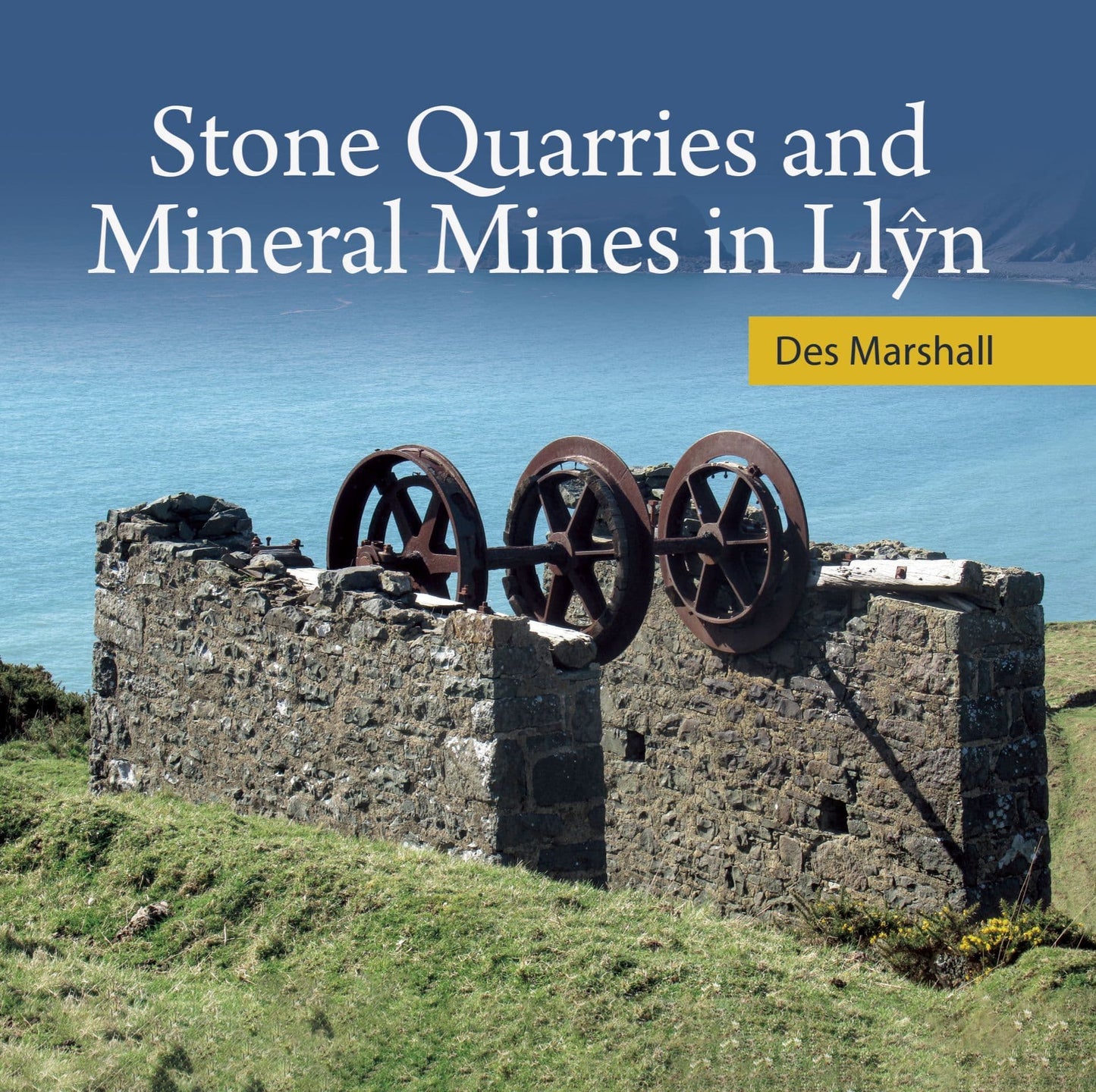
Stone Quarries and Mineral Mines in Llyn
View all details -
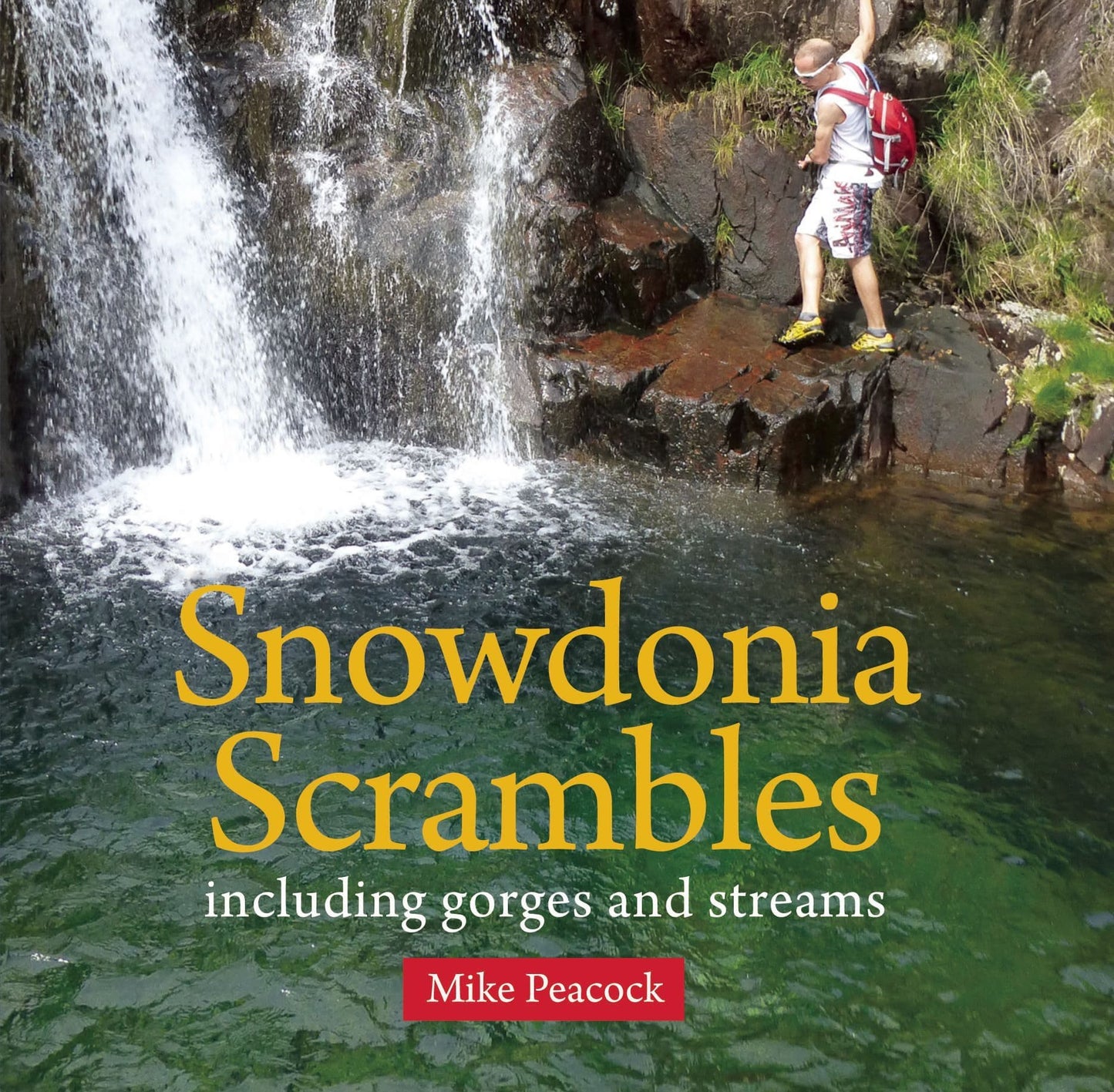
Snowdonia Scrambles - Including Gorges and Streams
View all details -
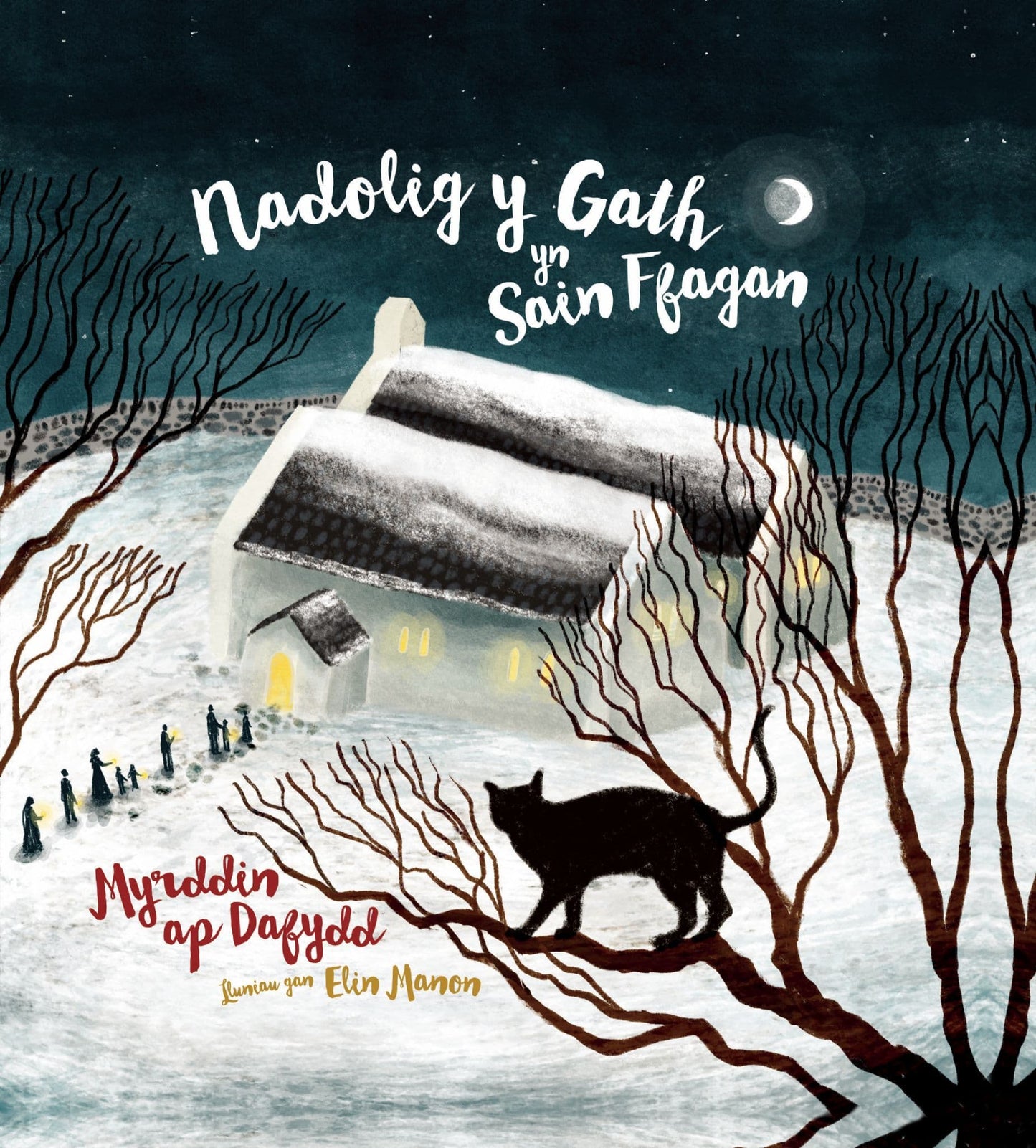
Nadolig y Gath yn Sain Ffagan
View all details -

Mountain to Climb, A
View all details -
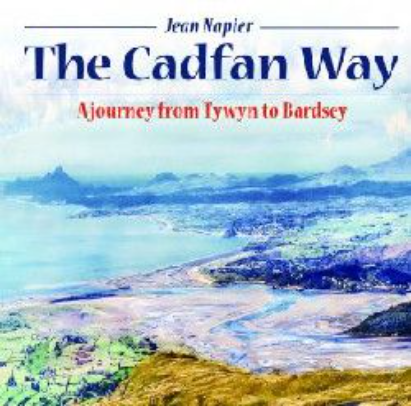
Cadfan Way, The - A Journey from Tywyn to Bardsey
View all details -
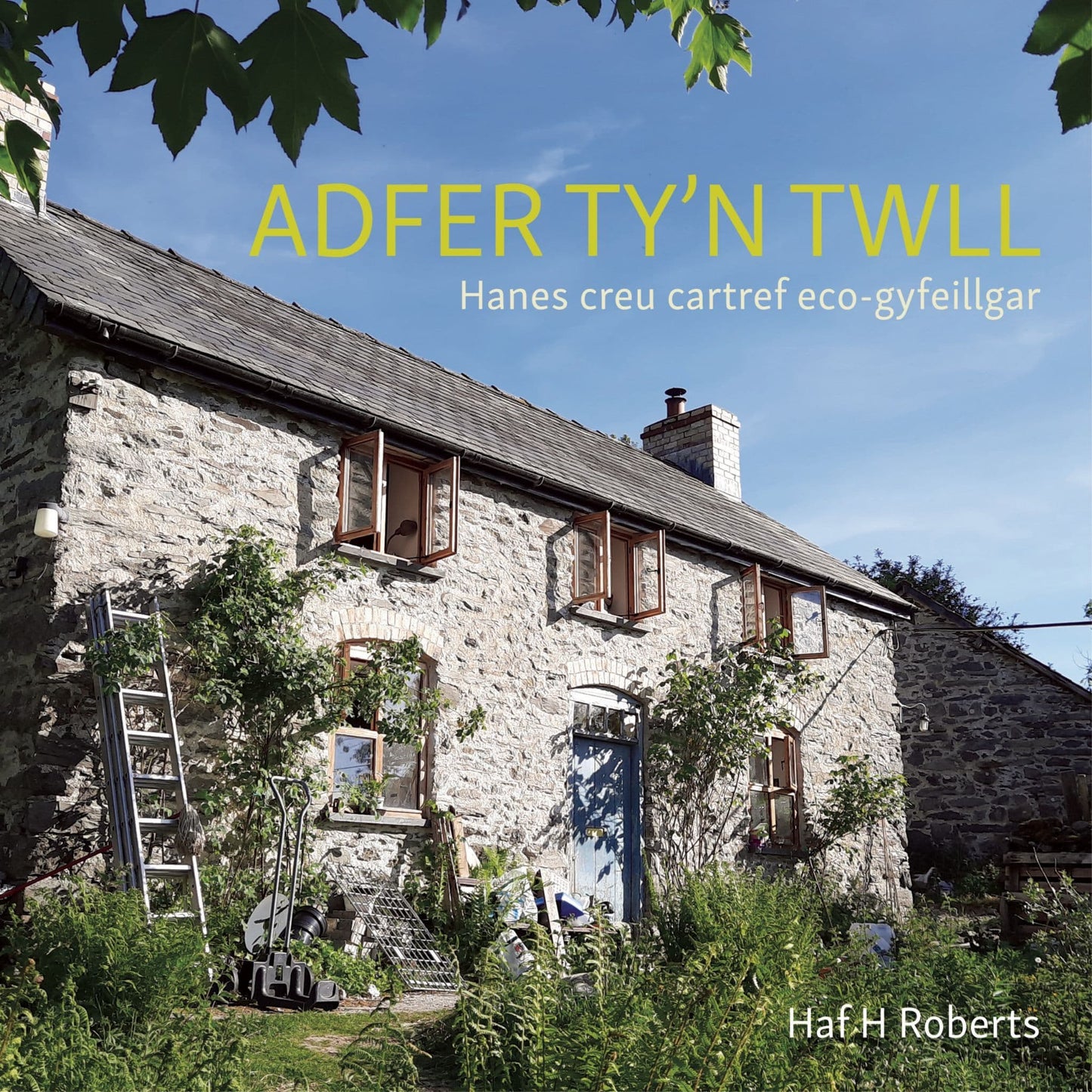
Adfer Ty'n Twll - Hanes Creu Cartref Eco-Gyfeillgar
View all details -

Disgo 'Dolig Dwl!, Y
View all details -

Christmas Cat at St Fagan's, The
View all details -

Anturiaethau'r Brenin Arthur
View all details -

Tanysgrifiad Digidol Drwy ebost
View all details -
 Bargen
BargenHiwmor Llafar Gwlad
View all detailsBargen -

What Brings You Here so Late?
View all details -

Welsh Ships and Sailing Men
View all details -
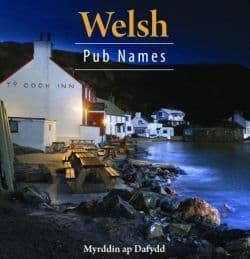
Welsh Pub Names
View all details -
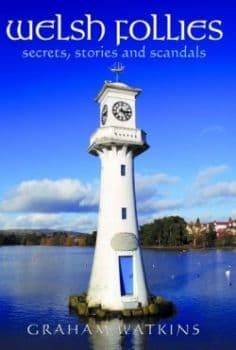
Welsh Follies - Secrets, Stories and Scandals
View all details -

Walking on Waste
View all details -

Voyages of the Celtic Saints
View all details -
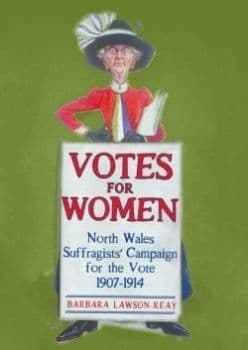
Votes for Women
View all details -
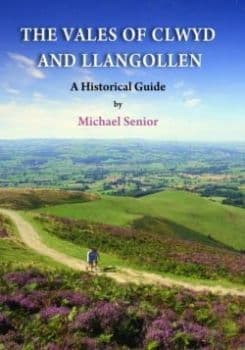
Vales of Clwyd and Llangollen, The - A Historical Guide
View all details -

Twm Tomato a'r Tan Gwyllt
View all details -

Twm Tomato a'r Ddau Grocodeil
View all details -

Twm Tomato a'r Belen Felen
View all details -

Twm Tomato a'i Seren Nadolig
View all details -
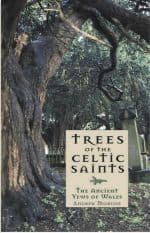
Trees of the Celtic Saints
View all details -

Trams Beside the Seaside
View all details -
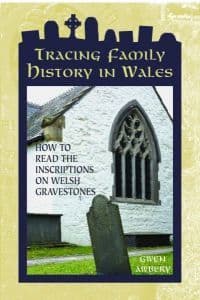
Tracing Family History in Wales
View all details -
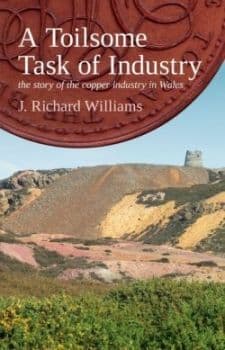
Toilsome Task of Industry, A
View all details -

Tinplate in Wales
View all details -

The Way to the Stars - The Story of the Snowdon Mountain Railway
View all details -

The Slate Quarries of Pembrokeshire
View all details -

Story of the Irish Mail, The
View all details -

Stories of Welsh Soldiers, Civilians and Eisteddfodau in WW1
View all details -
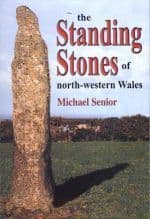
Standing Stones of North-Western Wales, The
View all details -

Sofa Surfin
View all details -

Slate Quarrying at Corris
View all details


































